Digital forensic investigation has emerged as a crucial aspect of modern law enforcement and legal proceedings, particularly in an era where digital evidence plays a pivotal role. Central to this investigation is the authentication and analysis of digital images, which often serve as vital pieces of evidence. In this article, we delve into the realm of digital forensic investigation, exploring the significance of image analysis software and digital image processing tools in unraveling complex cases.
I. Exploring Digital Forensic Investigation, Image Analysis Software, and Digital Image Processing
Digital forensic investigation encompasses a range of techniques and methodologies aimed at uncovering evidence stored in digital devices. It involves the collection, preservation, examination, and analysis of digital evidence to uncover facts and reconstruct events.
A cornerstone of digital forensic investigation is the authentication of digital images. With the proliferation of image manipulation tools, ensuring the integrity and authenticity of digital images is paramount in legal and forensic contexts. Image analysis software plays a pivotal role in this process, providing investigators with advanced tools and techniques to detect tampering and inconsistencies.
Digital image processing, on the other hand, involves the manipulation of digital images to enhance their quality, extract relevant information, and uncover hidden details. This process is indispensable in forensic analysis, where clarity and accuracy are essential for making informed conclusions.
II. Functionality and Capabilities of Image Analysis Software
Compression Level Analysis:
Compression Level Analysis is a crucial tool used in digital forensic investigation to analyze the compression levels applied to digital images.
When an image is compressed, whether through lossy or lossless compression algorithms, it undergoes alterations that can leave behind digital artifacts.
By examining the compression levels within an image, investigators can identify anomalies that may indicate tampering or alterations.
High compression levels in specific regions of an image, for example, might suggest that those areas have been manipulated or tampered with.
Compression Level Analysis helps forensic experts determine the authenticity and integrity of digital images by revealing inconsistencies in compression levels.
Block Artifact:
Block artifacts are distortions or irregularities introduced during the compression of digital images, particularly in JPEG format.
Block Artifact analysis involves detecting and analyzing these artifacts to ascertain the authenticity of an image.
JPEG compression divides an image into blocks, and during compression, each block is processed independently, leading to potential artifacts at block boundaries.
Block Artifact analysis algorithms identify and highlight these artifacts, enabling investigators to pinpoint areas of potential tampering or manipulation.
By examining block artifacts, forensic experts can uncover discrepancies that may indicate tampering or alterations in the image.
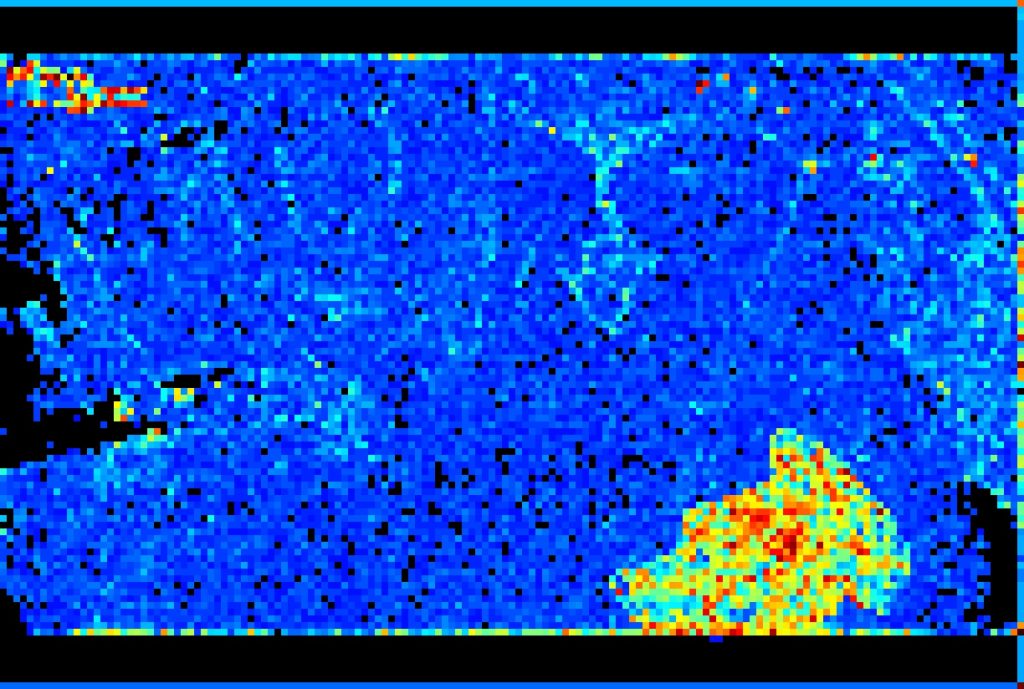
ADJPEG:
ADJPEG analysis focuses on detecting inconsistencies introduced by the Adobe JPEG compression algorithm.
Different JPEG compression algorithms may leave behind distinct traces or artifacts within digital images.
ADJPEG analysis involves examining these artifacts to determine if an image has been processed using the Adobe JPEG compression algorithm.
By identifying the specific characteristics associated with ADJPEG compression, forensic experts can assess the authenticity and integrity of digital images.
Correlation Map:
Correlation Map analysis is a sophisticated technique used to examine correlations between different regions of an image.
By analyzing correlations between pixels or regions within an image, investigators can identify patterns or anomalies that may indicate tampering or manipulation.
Correlation Map analysis algorithms generate visual representations of these correlations, allowing forensic experts to detect subtle inconsistencies or irregularities.
This technique is particularly useful in identifying areas of an image that have been copied, pasted, or altered from other sources.
Color Filter Array:
The Color Filter Array (CFA) is a pattern of color filters used in digital cameras to capture color information.
Color Filter Array analysis involves examining the arrangement and distribution of color filters within an image to detect discrepancies or inconsistencies.
By analyzing the CFA pattern, forensic experts can identify alterations or manipulations in color representation within digital images.
This analysis is instrumental in detecting forgeries or tampering attempts that involve altering the color information of an image.
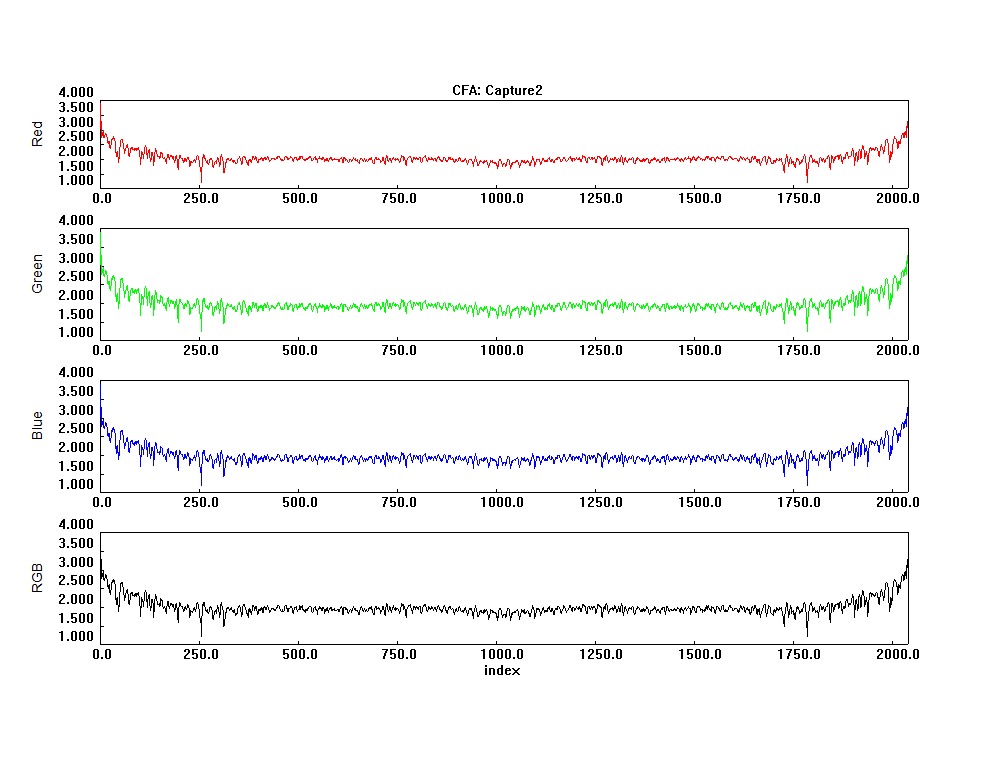
Smart Error Level Analysis (SELA):
Smart Error Level Analysis (SELA) is a sophisticated technique used to detect alterations in digital images that may not be perceptible to the human eye.
SELA algorithms analyze subtle variations in pixel values and compression artifacts to identify regions of an image that have been modified or tampered with.
By employing advanced statistical methods and machine learning algorithms, SELA can distinguish between authentic image content and tampered regions.
This technique is highly effective in uncovering sophisticated tampering attempts, such as blending or cloning, that evade traditional analysis methods.
Adaptive Error Level Analysis (AELA):
Adaptive Error Level Analysis (AELA) is an extension of Error Level Analysis (ELA) that adjusts its sensitivity based on image characteristics.
AELA algorithms adaptively analyze compression artifacts and error levels within an image to identify regions that deviate from the expected error distribution.
By dynamically adjusting the analysis parameters, AELA can effectively detect tampering or alterations in digital images across a wide range of compression levels and image types.
This technique offers enhanced sensitivity and accuracy compared to traditional ELA methods, making it well-suited for detecting subtle manipulations and forgeries.
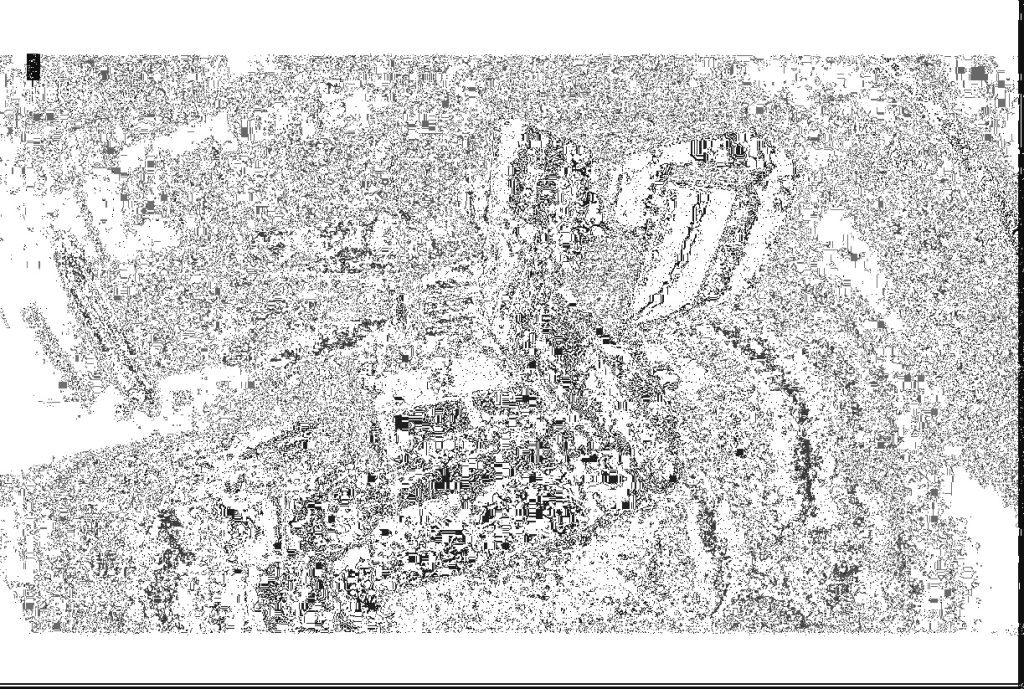
Color Spaces:
Color Spaces refer to mathematical models that represent colors as tuples of numbers.
Different color spaces, such as RGB, CMYK, and HSV, have distinct properties and are used for various purposes in digital imaging.
Color Spaces analysis involves converting digital images into different color spaces and examining the distribution and characteristics of color components.
By analyzing color spaces, forensic experts can identify anomalies or inconsistencies in color representation within digital images.
This analysis is particularly useful in detecting alterations or manipulations that involve changing color properties or distributions.
III. Future Prospects, Advancements, and Ethical Considerations
The field of digital forensic investigation is constantly evolving, driven by advancements in technology and an ever-expanding array of digital devices. Ongoing research seeks to enhance the capabilities of image analysis software, enabling investigators to tackle emerging challenges such as deepfake technology and sophisticated image manipulation techniques.
However, with great power comes great responsibility. Ethical considerations loom large in the realm of digital forensic investigation, particularly concerning privacy rights, data integrity, and the potential for misuse of technology. As such, ethical guidelines and standards are essential to ensure the integrity and fairness of forensic investigations.
In conclusion, image analysis software and digital image processing tools have revolutionized the field of digital forensic investigation, empowering investigators to uncover crucial evidence and authenticate digital images with unprecedented accuracy. As technology continues to advance, so too will the capabilities of these tools, shaping the future of forensic analysis and ensuring justice in an increasingly digital world.

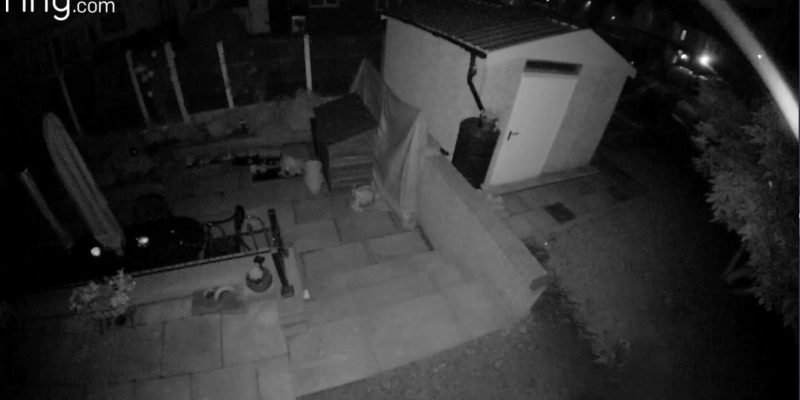


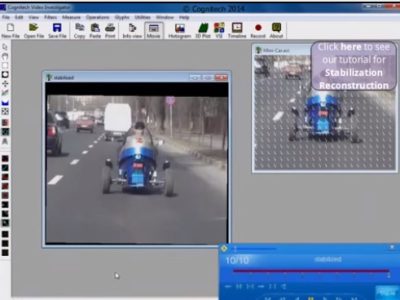



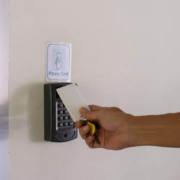



Comments